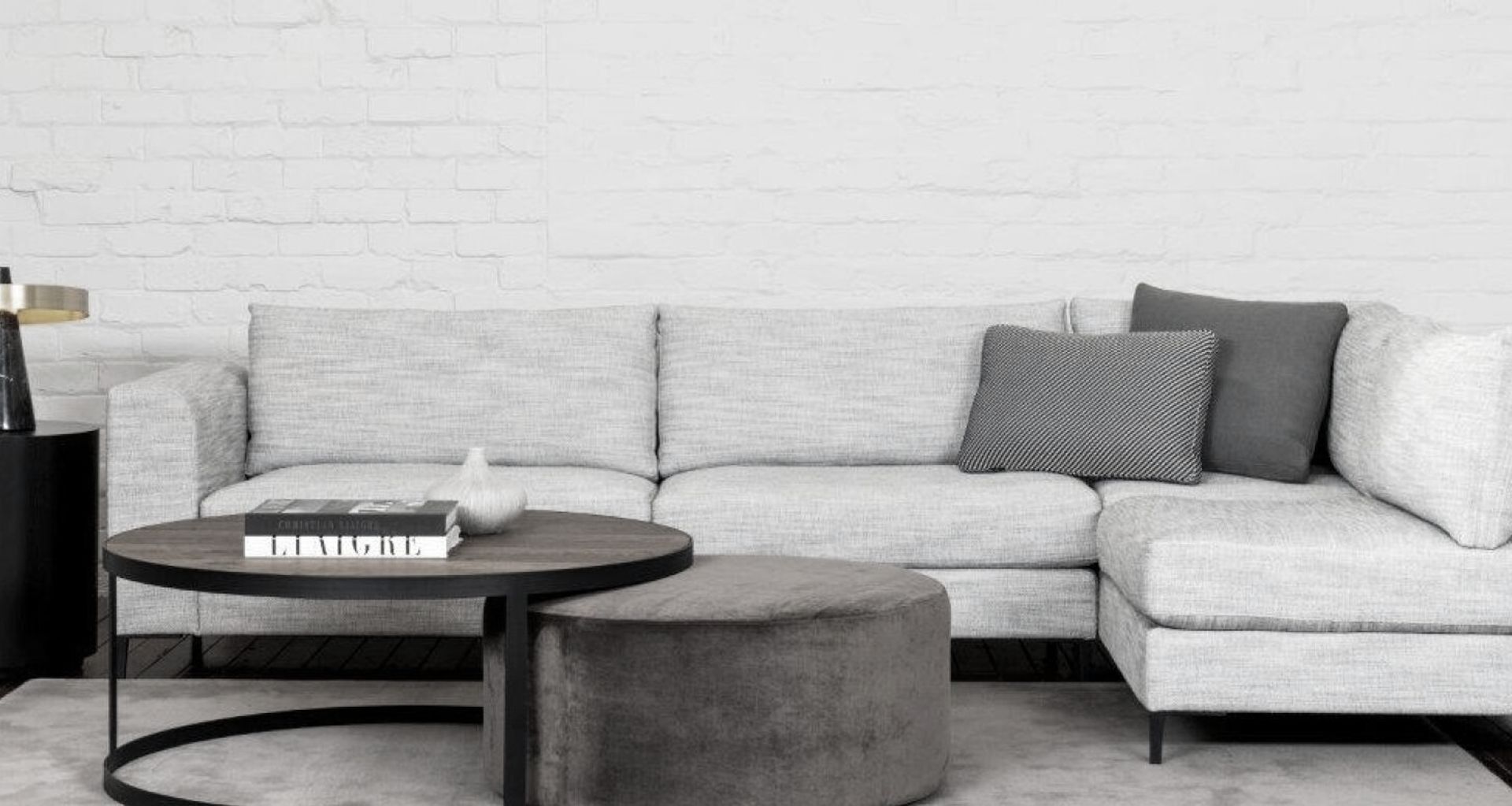The benefits of furniture manufacturing right in the heart of Auckland
Written by
05 May 2022
•
4 min read

The experience of the global pandemic has highlighted and exacerbated several key issues, not the least of which is the vulnerability of the global supply chain. When various international restrictions create bottlenecks, this in turn decreases the reliability of offshore manufacturing and transferral of goods.
In the last two years, this supply chain issue has wreaked havoc on the worldwide economy, and has had numerous knock-on effects across almost every sector — not least the construction industry, which is still plagued by shortages in New Zealand.
There’s a relatively simple panacea for this problem though: locally sourced materials and local manufacturing. When importing materials, there’s no way to avoid global supply chain shortages and disruptions; but when it comes to domestic materials, these problems are largely bypassed.
A brighter light than ever before is now shining on the concept of ‘buying local’ for this reason, and companies like Designers’ Collection is a prime example of this.

A streamlined production process
The Auckland-based furnishings company designs all of their own pieces, and then makes them to order at four manufacturers in the Auckland area — all within 20 minutes of its showroom.
This means that in the time before the product reaches the customer, each process of the company’s made-to-order products — conception, design, and manufacturing — are all done within the same small radius within Tāmaki Makaurau. This is a stark point of difference compared to products coming from overseas, says Designers’ Collection managing director Rod Hanna.
“One of the beauties of local manufacturing is the flexibility it gives us,” says Rod. “If a customer likes the look of one of our designs but wants it in a non-standard, individual specification, our business model makes this a very simple thing to deal with.”
The very close business relationship Designers’ Collection has with its manufacturers also simplifies the process.
“We’ve been working with these manufacturers for a minimum of 12 years — and most for significantly longer,” says Rod. “And so we've got a good understanding of how they operate and what they can and can't do, and they’ve got a good understanding of what we are looking for.”
The closeness of this relationship, and the highly localised design and manufacturing process, also yield another key benefit: timeliness.
“Even for products that are tailor-made for clients, we can deliver on that project with a very short lead time, whilst managing and maintaining quality throughout the whole process,” says Rod.

Attracting talent and maintaining quality
When it comes to local manufacturing, it’s not just the direct benefits to the business and convenience for the customer that present themselves as serious benefits.
Rod also stresses the significance of attracting new talent to the industry: “One of the biggest challenges of furniture making is attracting young talent,” he says, “There’s a huge spotlight on the construction industry, but not so much on the furniture-making industry.
“But when there’s a rich local manufacturing culture, with companies like us as an example, this plays a part in attracting more talent. If potential young apprentices can see a healthy local furniture and upholstery industry, it only makes it more likely to grow that industry.”
And it doesn’t hurt that all of the other benefits of local manufacturing, and the knock on effects and net benefits it gives to the company, also play a role in attracting this talent. The flexibility is the key benefit, Rod says.
“Short lead times lead to a better ability to manage quality, and when you have such a close relationship with your key stakeholders, things become more predictable,” says Rod. “This is an immense help, particularly in the times that we’re really busy — our quality control is very streamlined.”
It’s just one of the many upsides to manufacturing locally in Auckland.
Learn more about Designers’ Collection and their offerings.